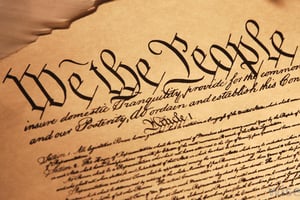 When filing for bankruptcy, debtors are able to exempt certain assets from the bankruptcy. In other words, there are some assets a debtor can definitely keep in a bankruptcy, be it a home, car, personal belongings, or other property, up to a certain amount of value. In Minnesota, bankruptcy filers can choose to take state or federal exemptions, but not both. Depending on the asset, the state or the federal exemption will be more generous. The exemptions change periodically to adjust for inflation.
When filing for bankruptcy, debtors are able to exempt certain assets from the bankruptcy. In other words, there are some assets a debtor can definitely keep in a bankruptcy, be it a home, car, personal belongings, or other property, up to a certain amount of value. In Minnesota, bankruptcy filers can choose to take state or federal exemptions, but not both. Depending on the asset, the state or the federal exemption will be more generous. The exemptions change periodically to adjust for inflation.
For example, debtors can exempt $4,000 in a motor vehicle under the federal exemptions, but can protect $4,800 using the Minnesota exemptions. Under the federal exemptions, a debtor can protect $13,400 of the cash value of a life insurance policy, but only $9,600 in Minnesota. For tools of the trade, Minnesota will exempt $12,000 whereas only $2,525 is covered under the federal exemptions.
If a Minnesota debtor owns a home, the Minnesota exemptions will almost always be better. The Minnesota exceptions protect $420,000 in home equity in the bankruptcy. This homestead protection is very generous compared to the $25,150 exempted under the federal exemptions. The federal exemptions, then, will be better for renters or people who own a home, but have not owned it long enough to build much equity.
For debtors with substantial retirement accounts, however, the federal exemptions may be the better bet. The federal exemption for an IRA retirement savings account is $1,362,800, but only $72,000 in Minnesota. Your attorney will help you determine which set of exemptions will protect the highest amount of your property.
When the time is right, or when you are ready, reach out to Minnesota’s LARGEST bankruptcy law firm at www.kainscott.com. You will be happy you did!


